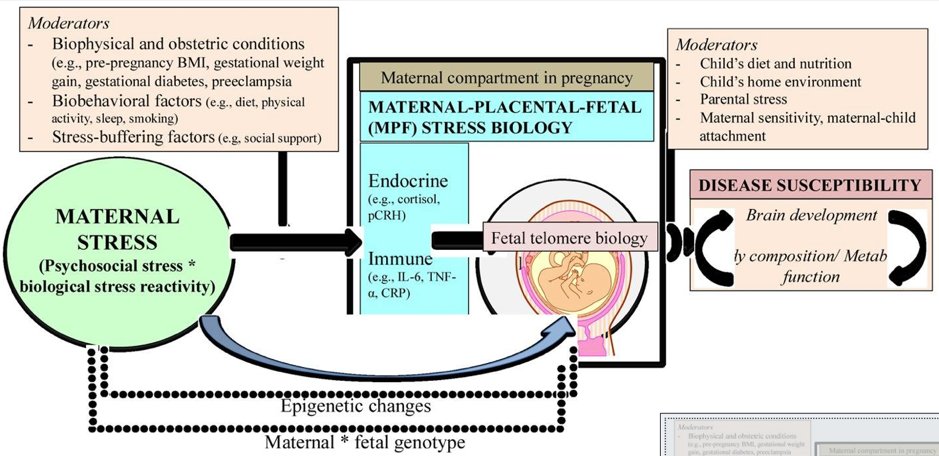Afternoon twitterverse! Let’s talk about AI in Radiology, which is the main focus in my research.
Any talk of AI begs for a definition of AI, and there are as many definitions as there startups that are “AI-enabled”.
Any talk of AI begs for a definition of AI, and there are as many definitions as there startups that are “AI-enabled”.
For our purposes we'll just call anything that performs one of the higher level behaviours associated with animals e.g. learning, planning, problem-solving, creating etc.
In terms of the application of AI, Radiology (aka medical imaging) is one area of healthcare that has been the first to become 'digital-first', that means images are nowadays digitally acquired and stored in digital form. And associated metadata and reports are digital too!
Post-processing of certain imaging data has long been standard practice in order to measure quantitative parameters of patients. However, the recent advent of Deep Learning (a paradigm of AI) has clinicians interested in more intelligent tasks being performed by software.
- As a quick aside, I'll just mention that deep learning is the use of a large number of interconnected nodes organised into layers to perform computation. The advantage of such a method is that the model can adjust itself according to input data without a human in the loop.
So what can AI do for Radiology? Potentially, everything. Some of the most interesting challenges though are: picking out abnormalities from images; diagnosing an abnormality and recommending management; and even optimising the workflow of the department!
The problem of picking out abnormalities in images is normally considered a 'Classification' problem - i.e. we need to put a label on an image e.g normal or abnormal. This is a very popular problem for engineers because it is relevant in many domain (not just medicine)
Deep learning (DL) is considered best suited for this problem, however the downside of DL is that it needs A LOT of images to train the model to correctly classify the images. This isn't an issue when classifying images of cats, but unfortunately medical images aren't as popular
In order to deal with this, engineers often 'pre-train' their model on non-medical images first. The idea is that image classification is a general problem therefore there is something to learn from these images too. The model can then be 'fine-tuned' with your medical images.
This method has been successful in research including classifying prostate cancer in MRI images (ncbi.nlm.nih.gov/pmc/articles/P…), identifying pulmonary TB in CT images (ncbi.nlm.nih.gov/pubmed/28436741) as well as Thyroid nodules from Ultrasound(ncbi.nlm.nih.gov/pmc/articles/P…)
Unfortunately, since the DL models are very dependent on input images, the quality of that data is very important. There was a very recent case of a Stanford paper claiming to be able to detect pneumonia from Chest X-rays, however the underlying dataset (CXR14) was questionable
A good review of the Stanford paper is here: lukeoakdenrayner.wordpress.com/2018/01/24/che… by @DrLukeOR
My PhD is working on a similar problem, in that it is a classification problem using medical imaging. But we are hoping to include non-image data including clinical data, treatment data, genomic data etc.
As mentioned in the podcast, we are aiming to solve a very particular but difficult problem in imaging and that is the case of pseudo progression (PP) in glioblastoma (GBM) patients. PP is when, after chemotherapy and radiotherapy, the images look like the disease has returned...
However, in the cases of PP this is not actually disease but a side effect of treatment - this effect occurs in approx. 30% of patients. What usually happens is that if PP is suspected, treatment is delayed until they can be sure that there is progression #btsm
This delay has a massive impact on chances of survival if it is indeed true progression - so we are trying to help radiologists to be able to decide as early as possible. What makes our efforts slightly different is that myself and my supervisors work in the hospital...
... as opposed to pure academics, and so we have an understanding as to how such a software tool would integrate into the workflow for maximum impact, this is so often neglected and means a lot of research falls by the wayside in this field.
Here's a good article from a couple of years ago that explains the difficulty of managing the care of GBM patients after treatment because of the PP uncertainties (ncbi.nlm.nih.gov/pubmed/25894594)
I'm going to be signing off from the takeover at the end of the day, so if you have any questions I'll be here to answer - other than that, if you want to follow the outcomes of our research you can follow me at @haris_shuaib ! Au revoir!
• • •
Missing some Tweet in this thread? You can try to
force a refresh






